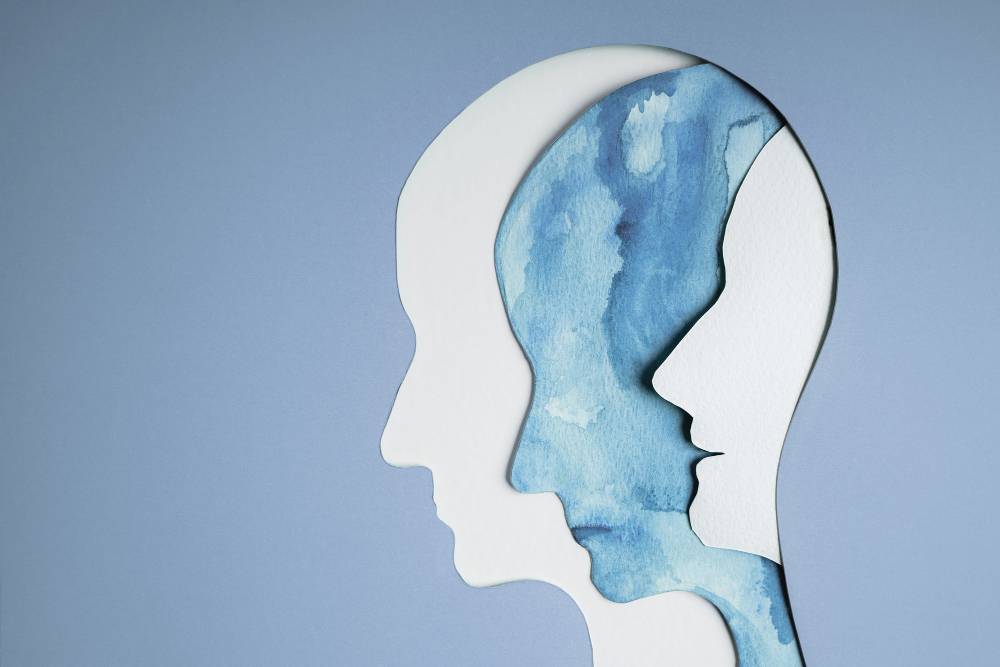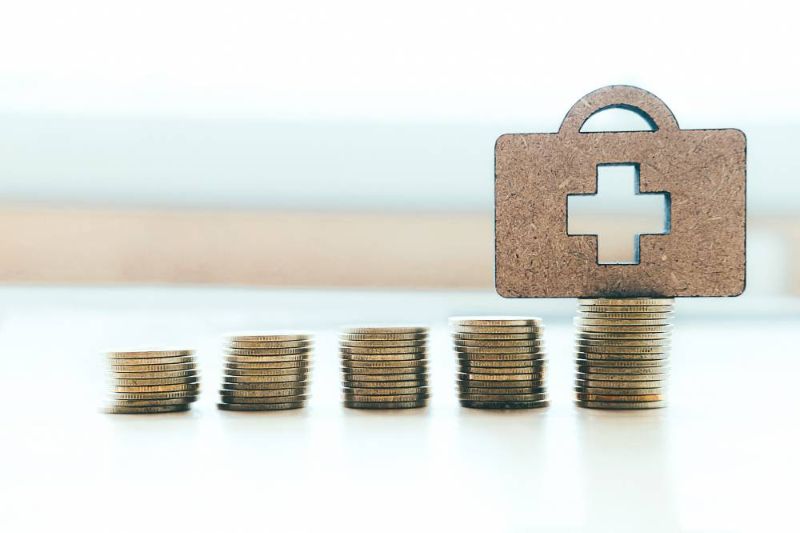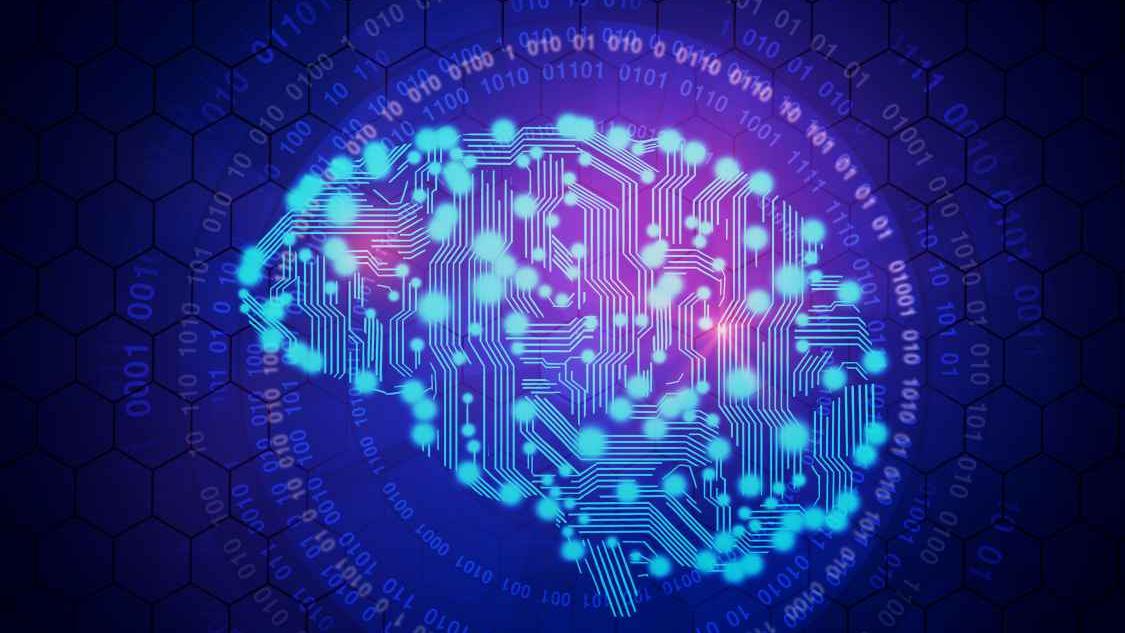1.Penoscrotal inflatable penile prosthesis recipients often fully recover from pain at two weeks following placement
DOI: 10.1038/s41443-024-00871-0
https://www.nature.com/articles/s41443-024-00871-0
This single-center prospective analysis investigated postoperative pain in 96 penoscrotal 3-piece inflatable penile prosthesis (IPP) recipients. Excluding patients with chronic pain or concurrent surgeries, standardized pain questionnaires were administered on postoperative days (POD) 2, 7, 14, and 30. The primary outcome measured self-reported pain scores (0-10 scale) at various locations over 30 days. Most pain was reported outside the scrotal area, with significant decreases in severe pain from POD2 to POD30 (46.2% to 11.1%) and an increase in mild pain (23.1% to 62.4%). By POD14, nearly half reported no pain. The study concludes that penoscrotal IPP recipients typically recover from pain within two weeks post-surgery, with lingering discomfort primarily affecting the penile shaft and glans.
2.Neuron-astrocyte metabolic coupling facilitates spinal plasticity and maintenance of inflammatory pain
DOI: 10.1038/s42255-024-01001-2
https://www.nature.com/articles/s42255-024-01001-2
This study unveils a novel mechanism involving spinal astrocytic glycogen dynamics mediated by the Protein Targeting to Glycogen (PTG) in response to persistent noxious stimulation. Upregulation of PTG leads to glycogen accumulation in astrocytes, contributing to sustained pain behaviors. Gene deletion of Ptg reduces glycogen buildup, alleviating pain-related behaviors and promoting faster recovery in mice. Mechanistic analyses demonstrate that glycogen dynamics play a crucial role in maintaining pain by facilitating neuronal plasticity in spinal lamina 1 neurons. This reveals an astrocyte-neuron metabolic communication pathway in the spinal cord mediated by glycogen breakdown, which fuels spinal neuron hyperexcitability. The findings highlight the potential therapeutic target of glycogen metabolism in managing persistent pain conditions.
3.Distinct local and global functions of mouse Aβ low-threshold mechanoreceptors in mechanical nociception
DOI: 10.1038/s41467-024-47245-0
https://www.nature.com/articles/s41467-024-47245-0
This study investigates the function of Aβ low-threshold mechanoreceptors (LTMRs) in mechanical hyperalgesia and chronic pain using genetic tools and optogenetics. Genetic ablation of SplitCre-labeled mouse Aβ-LTMRs increased mechanical nociception in acute and chronic inflammatory pain conditions, indicating their role in modulating mechanical nociception specifically. Optogenetic activation of these receptors locally triggered nociception after tissue inflammation, while broad activation at the dorsal column alleviated mechanical hypersensitivity of chronic inflammation. The findings propose a model where Aβ-LTMRs have distinct local and global roles in transmitting or alleviating mechanical hyperalgesia of chronic pain, respectively. This suggests a potential treatment strategy involving global activation plus local inhibition of Aβ-LTMRs for managing mechanical hyperalgesia.
4.Cortical regulation of helping behaviour towards others in pain
DOI: 10.1038/s41586-023-06973-x
https://www.nature.com/articles/s41586-023-06973-x
This study explores prosocial helping behavior in mice towards individuals experiencing physical pain and injury. Mice exhibit allolicking, specifically targeting the injury site, which aids the recipients in coping with pain. Microendoscopic imaging reveals that single-neuron and ensemble activity in the anterior cingulate cortex (ACC) encodes others' pain states, distinct from general stress. Functional manipulations demonstrate the ACC's causal role in bidirectionally controlling targeted allolicking. Interestingly, this behavior is represented in a population code in the ACC that differs from general allogrooming, another type of prosocial behavior elicited by others' emotional stress. These findings contribute to our understanding of the neural mechanisms underlying helping behavior in response to others' needs and goals.
5.A mesocortical glutamatergic pathway modulates neuropathic pain independent of dopamine co-release
DOI: 10.1038/s41467-024-45035-2
https://www.nature.com/articles/s41467-024-45035-2
In a mouse model of neuropathic pain, dysfunction in the mesocortical pathway connecting the ventral tegmental area (VTA) to the prefrontal cortex (PFC) is observed, with diminished VTA glutamatergic activity targeting the prelimbic cortex (PL). Optogenetic activation of VTA glutamatergic terminals in the PL alleviates neuropathic pain, while inhibiting these terminals induces pain-like responses in naïve mice. This pain-modulating effect is independent of dopamine co-release, as confirmed by CRISPR/Cas9-mediated gene deletion. VTA neurons primarily project to excitatory neurons in the PL, and their activation restores PL outputs to the anterior cingulate cortex, a key region involved in pain processing. These findings uncover a distinct mesocortical glutamatergic pathway that critically modulates neuropathic pain, independent of dopamine signaling.









Post comments